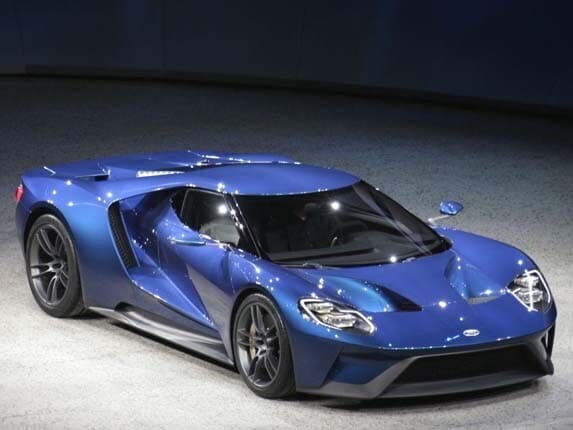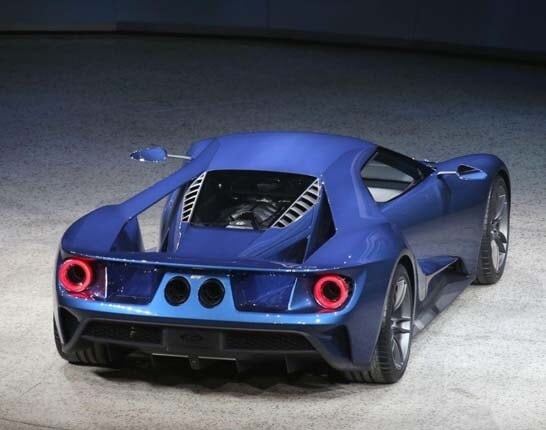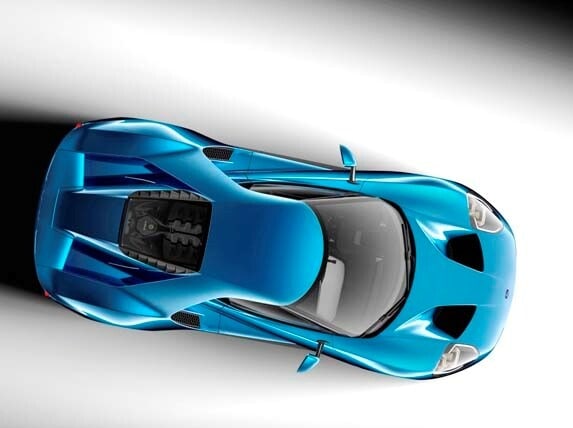Looking for new ways to trim weight and improve fuel efficiency of its upcoming car and truck lines, Ford Motor Company has signed a joint development agreement with DowAksa to advance research on cost-effective, high-volume manufacturing of automotive-grade carbon fiber. This 50/50 joint venture formally accelerates efforts already underway as part of their involvement in the recently announced Institute for Advanced Composites Manufacturing Innovation, which is part of the National Network for Manufacturing Innovation supported by the U.S. Department of Energy. The pact will leverage Ford’s expertise in design, engineering and high-volume manufacturing against DowAksa’s feedstock capacity, carbon fiber conversion and downstream intermediates production capabilities to create carbon fiber composite components that would be up to 80 percent lighter than conventional steel but still possess the necessary strength and durability for automotive applications.
Also: Class of 2016 — New Cars Ready to Roll
"This joint development agreement reinforces Ford’s commitment to our partnership with DowAksa, and our drive to bring carbon fiber components to the broader market," said Mike Whitens, director, Vehicle Enterprise Sciences, Ford Research & Advanced Engineering. "The goal of our work here fits within the company’s Blueprint for Sustainability, where future Ford vehicles will be lighter with optimized performance that would help consumers further improve fuel economy and reduce emissions."
"Today’s agreement marks another milestone in the partnership to develop lightweighting solutions for the automotive industry," said DowAksa Chairman Heinz Haller. "Ford and DowAksa’s collaboration will accelerate delivery of advanced materials and technologies to meet and exceed expectations for high performance and fuel economy."
Also: Kelley Blue Book Best Buy Awards of 2015
While Ford made headlines with the introduction of its all-new aluminum-intensive 2015 F-150 pickup that cut roughly 700 pounds off of the weight of conventional steel-bodied predecessor, replacing that light alloy with carbon fiber/composite technology could help bring about an additional 20-30 percent reduction in vehicle mass – a factor that will be critical to helping any automaker achieve the increasingly stringent CAFE (Corporate Average Fuel Economy) numbers that go into effect later this decade. Although it may take a while before the carbon fiber core structure and body panels found on the exotic 2017 Ford GT that debuted in Detroit make it down to Fiesta level, Raj Nair, Ford group vice president, Global Product Development did confirm the GT "includes innovations and technologies that can be applied broadly across Ford’s future product portfolio" when the car was revealed. BMW is the current automotive leader in championing the the use of composites on more affordable offerings. Its new i3 is the first mass-produced car to feature a full carbon fiber monocoque.
More Technology News…
Audi is now testing new fuel-saving traffic-light-recognition technology
Subaru is introducing its next-gen EyeSight driver-assist system on select 2015 models
The 2016 Cadillac CT6 will feature a streaming video rearview camera
Popular at KBB.com
See the All-New Cars for 2015
10 Coolest Cars Under $18,000
Best Buys of 2015














